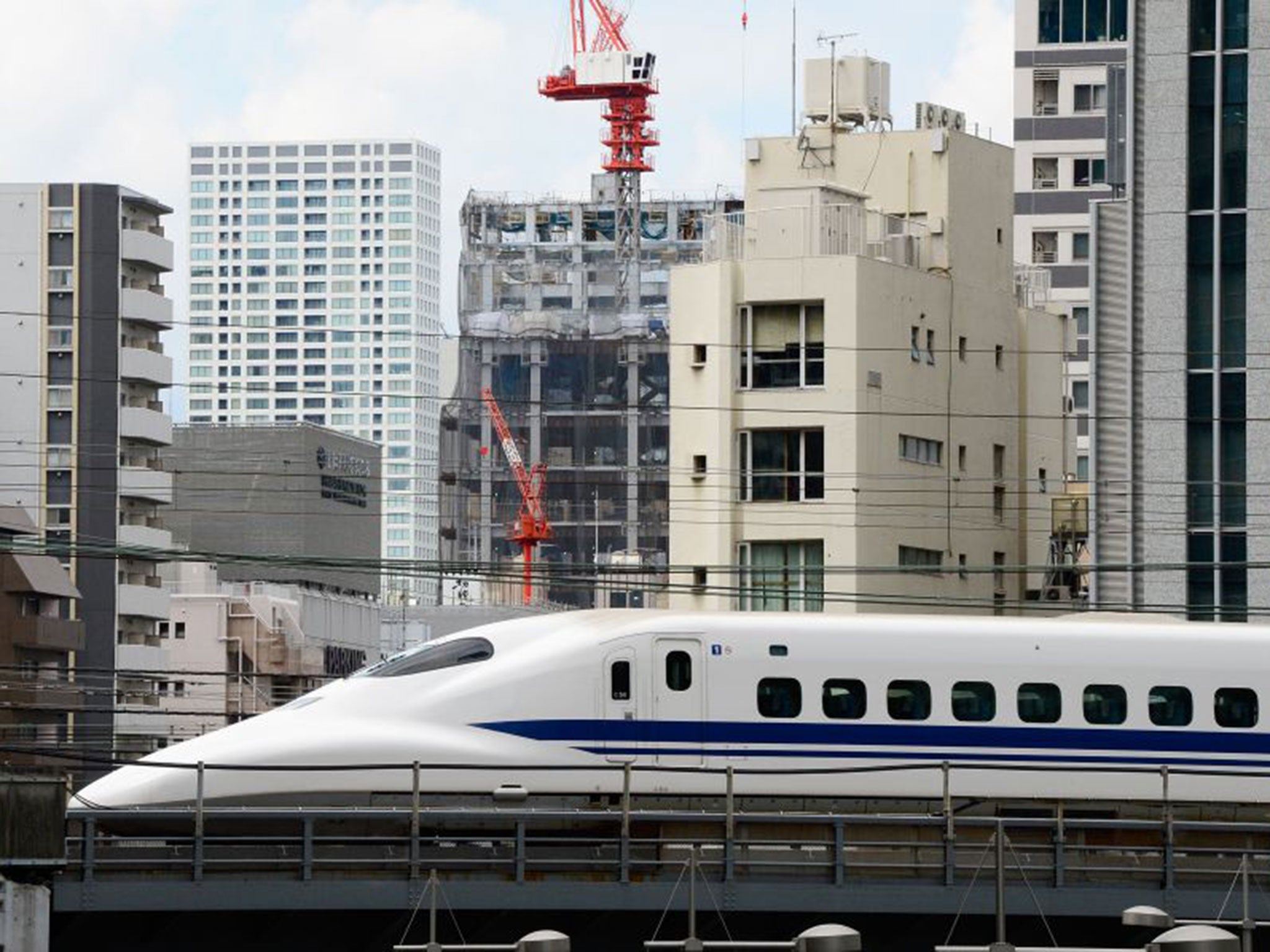
Your support helps us to tell the story
From reproductive rights to climate change to Big Tech, The Independent is on the ground when the story is developing. Whether it's investigating the financials of Elon Musk's pro-Trump PAC or producing our latest documentary, 'The A Word', which shines a light on the American women fighting for reproductive rights, we know how important it is to parse out the facts from the messaging.
At such a critical moment in US history, we need reporters on the ground. Your donation allows us to keep sending journalists to speak to both sides of the story.
The Independent is trusted by Americans across the entire political spectrum. And unlike many other quality news outlets, we choose not to lock Americans out of our reporting and analysis with paywalls. We believe quality journalism should be available to everyone, paid for by those who can afford it.
Your support makes all the difference.Fumihiro Araki hauled himself into the driver’s seat of one of the first bullet trains which revolutionised travel in Japan and inspired imitations all over the world. He pulled a lever on the control panel, looking straight ahead as he was trained 50 years ago when the trains were first inaugurated.
“It was like flying in the sky, it was that kind of feeling,” said Araki, a former train driver who is now the acting director of Saitama train museum outside Tokyo.
“On a clear day, you could see Mount Fuji, and riding atop the railway bridge at Hamanako lake was very pleasant. It felt like you were sailing above the sea.”
Japan started building a high-speed line during the Second World War, but construction was halted in 1943 as funds ran out. The idea was revived in the 1950s, but many questioned undertaking such a costly project, particularly with the expansion of air travel and highways. Criticism turned to pride when construction, financed partly by an $80m World Bank loan, was completed in time for the Tokyo Olympics in October 1964. The bullet train network is also credited with aiding Japan’s postwar development.
The 1 October inauguration ceremony was re-enacted at Tokyo Station yesterday at 6am, complete with ribbon cutting. The first bullet train, with its almost cute bulbous round nose, travelled from Tokyo to Osaka in four hours, shaving two and a half hours off the 319-mile journey. The latest model, with a space-age-like elongated nose, takes just two hours and 25 minutes.
Join our commenting forum
Join thought-provoking conversations, follow other Independent readers and see their replies
Comments